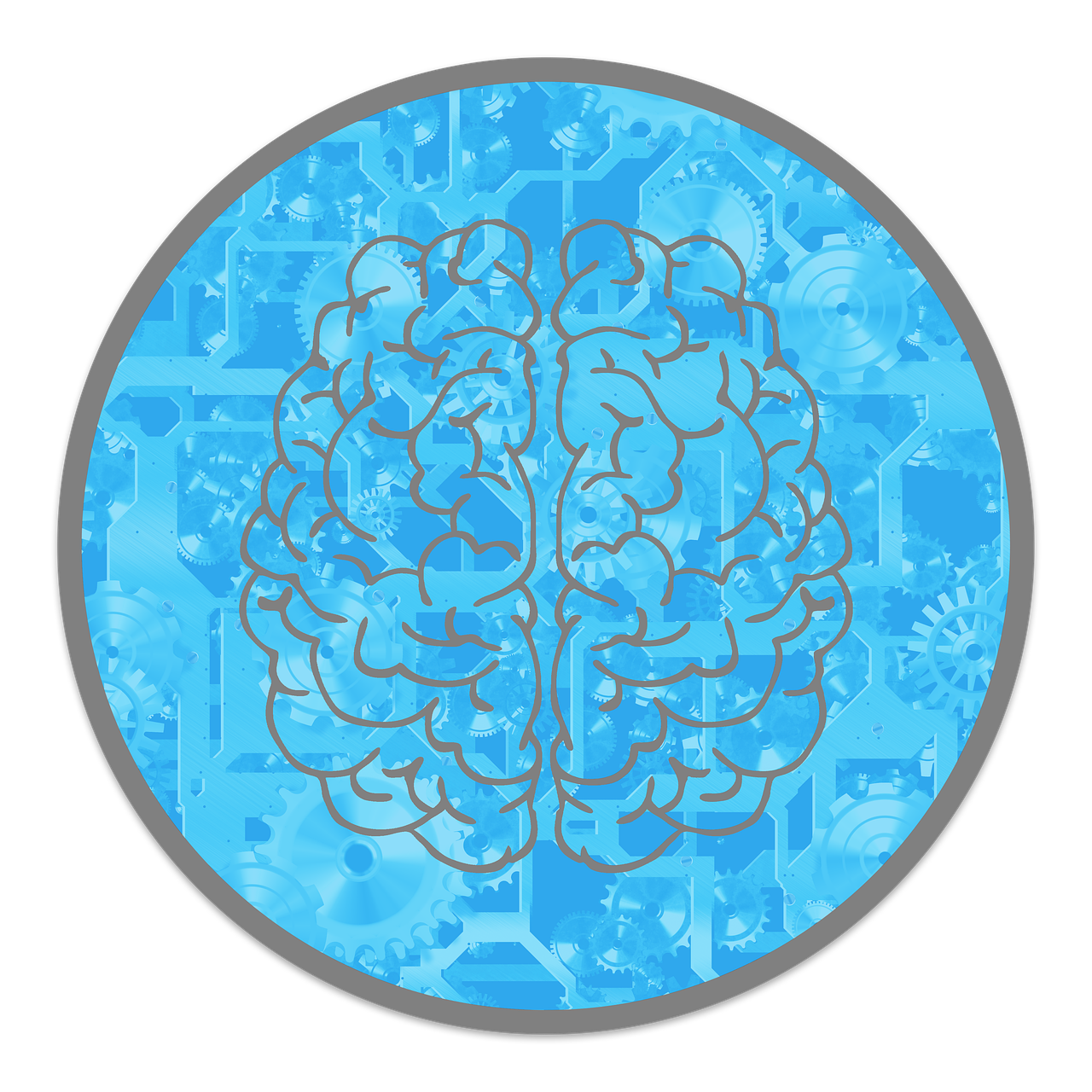
In a world where one tap can land a new gadget on your doorstep, online shopping isn’t just about deals—it’s a mental game.
With 2.6 billion people buying online in 2023 (Statista), brands are fighting not just on price, but on vibes, design, and psychology.
So, what really makes us hit “Add to Cart”? Is it free shipping? FOMO? A perfectly-placed emoji?
This article breaks down the brainy stuff behind online shopping—why we buy, how brands use it to boost sales, and how you (yes, you) can shop smarter.
Why Do We Shop Online in the First Place?
Let’s be real: online shopping isn’t just a tech upgrade—it hits key psychological needs that our brains love.
Here are the top five reasons we keep filling those carts:
- Convenience – No parking lots, no lines, no awkward small talk with cashiers. You can shop in your pajamas at midnight while watching The Office. Enough said.
- Control – Browse, scroll, and compare at your own pace. No pushy salespeople, just you and your algorithm-curated options.
- Instant gratification – One click. Boom. It’s on the way. That dopamine hit from next-day delivery? Pure magic. (Thank you, same-day shipping.)
- Social proof – “4.8 stars with 5,000 reviews? Must be legit.” We’re wired to follow the crowd—especially when Karen from Texas says the air fryer changed her life.
- Personalization – Your online store knows your shoe size, favorite colors, and that you’re thinking about buying another indoor plant. Creepy? Maybe. Effective? Absolutely.
Cognitive Biases That Influence Clicks
Our brains are amazing—but also kinda easy to trick.
Marketers use cognitive biases (mental shortcuts) to guide how we shop online.
Here are a few Jedi mind tricks that work way more often than we realize:
The scarcity effect
When we see “Only 3 left!” or “Sale ends in 2 hours,” our brain hits the panic button.
FOMO kicks in, and suddenly we need that blender—even if we don’t make smoothies.
Study insight
A classic 1975 study (Worchel et al.) found that people rated cookies from a half-empty jar as more valuable than ones from a full jar.
Fewer = fancier, apparently.
Marketer tip
Add low-stock or limited-time tags to drive urgency.
Just don’t fake it—shoppers are smart (and have trust issues).
The halo effect
If something looks good, we assume it is good.
A sleek design, clean photos, or a logo that screams “cool brand” can instantly boost how we judge quality—even before we read a single review.
Example
A candle with minimalist packaging and moody lighting? Feels luxurious.
Same candle, Comic Sans label? Instant nope.
Marketer tip
Use high-quality visuals, brand-aligned design, and consistent aesthetics to give your product that premium glow-up.
Anchoring bias
Your brain loves a frame of reference.
When you see “₹2,999 ₹1,499,” your brain clings to the first price—even if the real value is somewhere in between.
That strikethrough? Instant satisfaction.
Study insight
We anchor decisions to the first number we see, which makes discounts look juicier than they really are.
Marketer tip
Show the original price before the discount to highlight savings.
Bonus points for adding “You save 50%!” for that extra dopamine.

Emotional Triggers in Digital Design
Design isn’t just about looking good—it’s about feeling right.
Great digital design taps into emotions and guides people’s decisions before they even realize it.
Here’s how the pros do it:
Visual hierarchy
Your brain is a speed-reader when it comes to visuals—like, 60,000x faster than text fast (thanks, 3M study).
That’s why clean layouts, bold calls-to-action (CTAs), and smart use of color can quietly nudge users straight to that “Buy Now” button.
Colors & emotions
- Red = urgency, passion (or clearance sale vibes)
- Blue = trust, calm (hello, PayPal)
- Green = balance, growth (also great for eco-friendly brands or “Add to Cart” buttons)
Marketer tip
Pick colors that match your brand and the mood you want shoppers to feel.
Want excitement? Go bold.
Want trust? Stay cool.
Trust signals
People won’t buy if they don’t trust you—especially when they can’t touch the product IRL.
That’s where trust badges, reviews, and clear policies step in like the digital version of a firm handshake.
Trust boosters that actually work
- “Verified Seller” badges
- SSL security seals (those little lock icons in the URL bar)
- Real reviews from real people (not just “Great product!” bots)
- Clear return and refund policies
Marketer tip
Put your trust signals where the eyes land—right near CTAs, product images, and checkout.
Don’t bury them in the footer like a plot twist in a bad rom-com.

Social Influence and Peer Validation
Let’s be honest—we all stalk reviews before buying anything.
Online shopping is basically high-stakes decision-making with zero human contact, so we turn to the next best thing: other people’s opinion.
Ratings & reviews
Before we click “Buy,” we want to know: Did it actually work? Was it worth it? Did it fall apart in two days?
According to BrightLocal (2023), a whopping 98% of shoppers read reviews first.
That’s basically everyone.
Why it works
It’s called herd behavior.
When we see a crowd heading one way, our brain assumes it’s the safe bet.
In the online world, that “crowd” = 5-star reviews and glowing testimonials.
Marketer tip
Make it easy for happy customers to leave reviews.
Use post-purchase emails with a little incentive (discount codes, loyalty points, or just a thank-you gif—people love feeling seen).
Popular products
Ever see “Bestseller” or “Trending Now” and suddenly need to know what the hype’s about?
That’s social proof in action.
It’s the online version of peeking into someone’s cart at Target.
The nudge
Popularity equals credibility.
Even if we don’t know why something’s hot, we trust it more when it’s in demand.
Marketer tip
Spotlight popular products with labels like “Most Loved” or “Hot This Week.” It’s like giving indecisive shoppers a helpful nudge—and a little FOMO.

Personalization and Predictive Algorithms
Ever feel like the internet knows what you want before you do?
That’s not magic—it’s machine learning with a marketing degree.
Recommendation engines
You browsed a phone case once, and now you’re being shown matching pop sockets, screen protectors, and a tripod you didn’t know you needed.
That’s no accident—platforms like Amazon track your digital breadcrumbs to serve up “You might also like…” suggestions.
Psychological hook
Your brain loves patterns and shortcuts.
These recs feel familiar and relevant, which helps your brain chill out and click faster.
Less mental effort = more purchases.
Study insight
McKinsey says this kind of smart recommending can boost cart value by up to 29%. Yes, please.
Marketer tip
Use product recommendation plugins that serve up complementary items.
Think “fries with that,” but for every product you sell.
Email Personalization
A generic email screams “delete me.”
But one that says, “Still thinking about those sneakers? They’re almost gone!” feels like your inbox knows you better than your friends do.
Marketer tip
Set up behavior-based triggers—like cart abandonment, restocks, or even “We miss you” notes with discount codes.
It’s like a love letter, but with shopping incentives.
Gamification of the Shopping Experience
Why just shop when you could spin to win 10% off?
Gamified experiences add a layer of fun (and FOMO) to the whole buying process.
Examples of Gamification:
- Spin-the-wheel discount popups
- Loyalty programs with tiered rewards
- Streaks for consecutive purchases
- Points-based systems
Why it works
our brain is basically a dopamine-chasing puppy.
Small wins (like discounts or streaks) light up the reward center and make the experience feel more exciting than just clicking “Buy.”
Marketer tip
Add micro-rewards to keep users coming back.
Even small perks—like points, badges, or birthday bonuses—build brand loyalty.

The Role of Dopamine in Shopping Behavior
Every step of online shopping—from discovery to delivery—is a hit of dopamine.
It’s why people love tracking packages like they’re waiting for a Hogwarts letter.
Key moments that trigger dopamine
- Discovering a good deal
- Adding an item to cart
- Receiving shipping confirmation
- Unboxing the product
Scientific insight
According to The Journal of Consumer Research (2015), the anticipation of a reward often feels better than the reward itself. Yep, your brain is vibing hardest while you’re still waiting.
Marketer tip
Use visual cues like progress bars (“Only $10 more for free shipping!”) or countdown timers to ride that dopamine wave.
Summary: Why We Click ‘Buy Now’
|
Psychological Trigger
|
Description |
Marketing Strategy
|
| Scarcity | Fear of missing out |
Limited-time offers
|
| Anchoring | First impression bias |
Strikethrough pricing
|
| Social Proof | Peer validation |
Highlight reviews, bestsellers
|
| Personalization | Relevance drives action |
AI-powered recommendations
|
| Trust | Reduces friction |
Use badges, guarantees
|
| Gamification | Rewards reinforce habit |
Loyalty points, spin wheels
|
Conclusion: A Strategic Blend of Psychology & Design
Online shopping isn’t just about buying stuff—it’s a full-on brain hack.
Marketers who get the psychology behind it can create experiences that just work—from dopamine boosts to FOMO-filled deals.
For shoppers? Knowing the tricks lets you make smarter choices.
So, next time you’re about to hit “Buy Now,” ask yourself: Is it the product I want, or am I just hooked on the thrill of the click?


